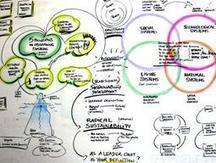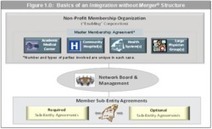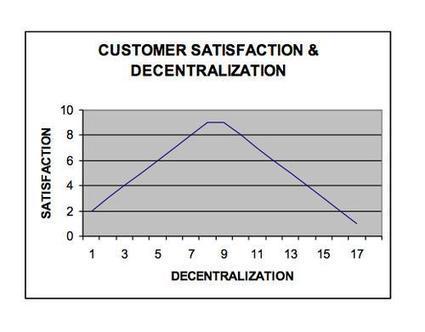According to a global survey of marketing professionals by Teradata, 74 percent of the respondents said that marketing and IT are not strategic partners in their companies. That's bad news for IT in any case, but IT pros might ...

|
Scooped by
Billy R Bennett
onto Organization Design August 5, 2014 2:45 AM
|





 Your new post is loading...
Your new post is loading...



























Today's organization has more potential than ever to truly be customer focused. Natural organization silos must be removed and structures redrawn to take advantage of the immense information available to improve the relationship. A McKinsey report quoted in the article points out that 70% of customers buy based on how they are treated. Achieving that is much easier when the builders and maintainers of the information system are aligned with marketing to turn data into valuable information.
How well are your IT and Marketing professionals collaborating?
Does this collaboration generate a fount of valuable data based information?
If not you should consider actions (including an organization redesign) to unlock the information you are missing each day.
Your competitor may just be the 1 out of 4 who have already addressed this head on... where does that leave you?
Billy Bennett
www.pyramidodi.com